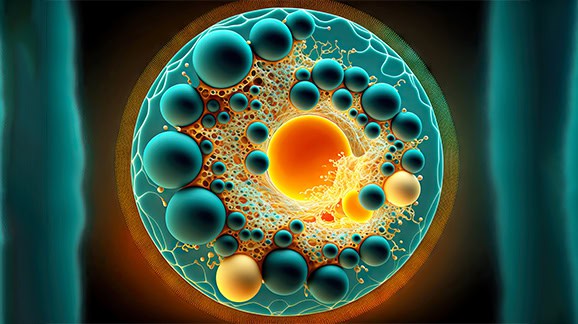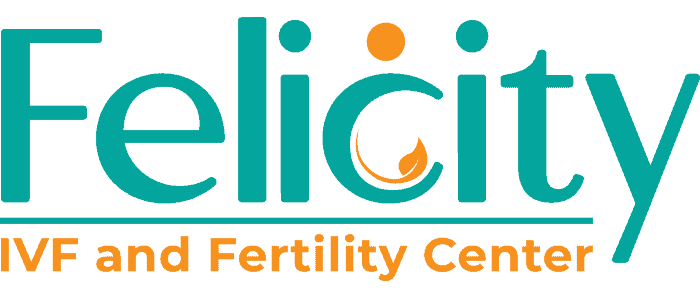What Are the Key Stages of Embryonic Development?

When fertilisation happens, the embryonic development process starts and embraces crucial stages. When an egg gets fertilised, it slowly develops into a fetus with several systems and structures inside. A good understanding of early embryonic development helps anyone exploring human life in the first stages of assisted reproductive treatments.
What is the Process of Fertilisation in Humans?
From the beginning of fertilisation, human embryonic development takes place. It happens when sperm and egg meet, and as a result, a single-celled zygote is formed. During this stage, the cell contains genetic material that helps it become a human.
At the beginning of fertilisation, the fallopian tube holds the zygote, and then it moves through embryonic development by becoming two cells and then more. Zygote means the fertilised egg, and during the stages of egg development, the egg will travel to the uterus to join with its walls.
What Happens During Cleavage and Early Cell Division?
The first stage following fertilisation is called cleavage. At this point of development, the multiplying zygote separates into many tiny cells known as blastomeres. This step is very quick, and even as the number of cells increases, the embryo’s size does not change a lot yet.
- Cleavage Phase: During the cleavage phase, cell division happens very fast for 3-4 days before meeting to form the morula. The structure forms a basis for the next round of growth in the embryo.
- Stages of Embryo Formation: The period of embryo formation starts with specialisation among cells for later embryonic growth.
What Is Blastulation and the Formation of the Blastocyst?
From day five, the morula turns into the blastocyst. At this point, the embryo’s development is significant because its blastocyst has two different types of cells.
- Inner Cell Mass: After growing, the inner cell mass part of the blastocyst turns into the fetus.
- Trophoblast Layer: Placenta formation will originate from the trophoblast layer, which supports the nourishment of the embryo.
How Does Implantation Occur?
The next key phase is implantation. Properly formed, the blastocyst implants itself on the endometrial wall in a process known as implantation. Following this, the trophoblasts migrate into the uterus and provide the embryo with essential nutrients for normal development.
- Implantation Bleeding: Implantation bleeding, myths and misconceptions about bleeding preceding a woman’s monthly cycle are common. What you do not know is that too many women are subjected to the trauma of pregnancy and childbirth again and again.
The baby’s development during this crucial early stage of pregnancy relies on a painless, uncomplicated implantation of the embryo into the mother’s womb.
What Is Gastrulation and Why Is It Important?
After the embryo is implanted, it goes on to a stage called gastrulation. It is at this stage that the embryo process is endowed with its three layers — ectoderm, mesoderm, and endoderm. Gradually, all the organs and tissues grow from the layers. For example:
- Ectoderm: This kind of tissue develops into the skin and the nervous system.
- Mesoderm: The mesoderm makes muscles, bones, and the heart, as well as blood vessels.
- Endoderm: The endoderm forms the digestive system as well as the other organs located inside the body.
What Happens During Neurulation?
When the process of gastrulation concludes, processes begin for neurulation to develop the brain and spinal cord from the ectoderm. The development of the nervous system happens extensively at this point. The nervous system undergoes a lot of development in this stage. When the neural tube does not become completely folded, this situation may cause spina bifida.
- Neural Tube Formation: The growth of the nervous system starts in neurulation, which is the main reason why embryonic development relies on this.
How Do Organs Begin to Form in Organogenesis?
After neurulation, the major developmental phase is organogenesis. At this point, the germ layers change into particular organs and tissues. The kidneys, heart, lungs, liver, and other important organs start to develop and shape themselves. The embryo is ready for the fetal stage by the end of the first trimester since its major organs have formed.
- Organ Formation: The formation of organs plays a vital role since problems here can result in birth defects or health diseases.
What Are the Different Stages of Embryonic Development?
All the different stages of embryo development matter a lot and are important for the pregnancy’s progress. The journey from fertilisation to the first trimester involves:
- Cleavage: Rapid cell division.
- Blastulation: Formation of the blastocyst.
- Implantation: Attachment to the uterine wall.
- Gastrulation: Formation of the three germ layers.
- Neurulation: Formation of the neural tube.
- Organogenesis: Organ formation and development.
Felicity: Explaining the Importance of Monitoring Embryonic Development
To become a parent, it is important to know the embryo growth stages. All the steps from fertilisation to organ growth must be guided and carefully supervised by experts. Our goal at Felicity IVF & Fertility Center is to help you all along your route to parenthood by giving care to every stage of your embryo’s development. Our group of specialists offers both emotional support and modern treatments to help your dream of having a family come true.
FAQS
The key stages of embryonic development are fertilisation, cleavage, blastulation, implantation, gastrulation, neurulation, and organogenesis. Each phase is essential for the embryo’s successful growth and formation into a foetus.
Implantation bleeding happens when the blastocyst attaches to the uterine wall, often around 6–12 days after fertilisation. It is usually light and shorter than a menstrual period, signalling early embryo development.
Knowing the stages of embryonic development helps guide IVF treatment, ensuring each stage—from fertilisation to implantation—progresses well, supporting embryo health and increasing the chances of a successful pregnancy.
